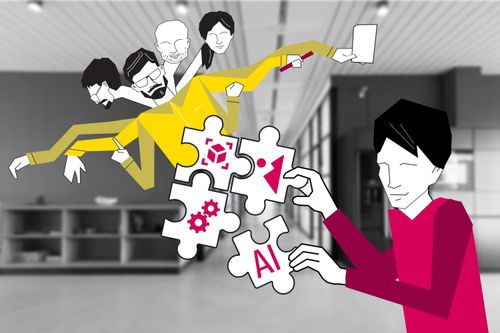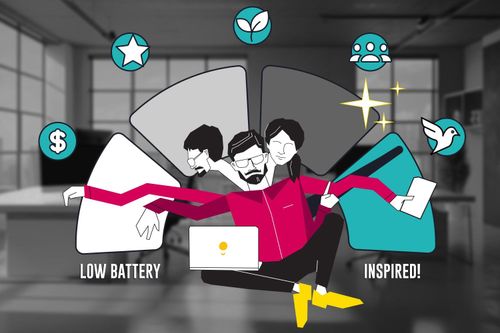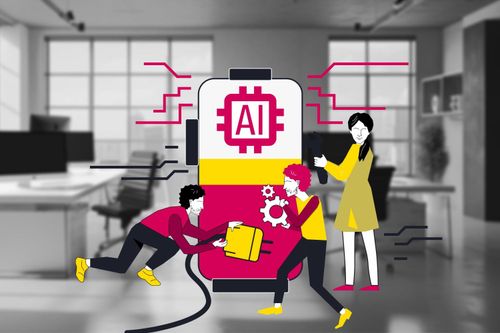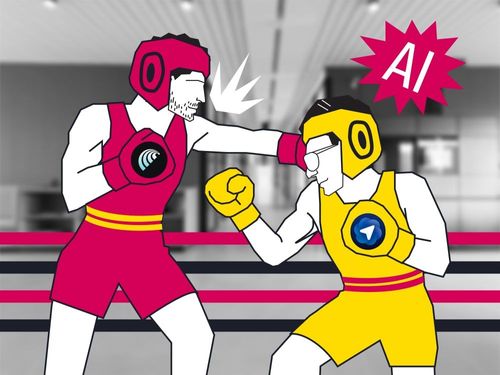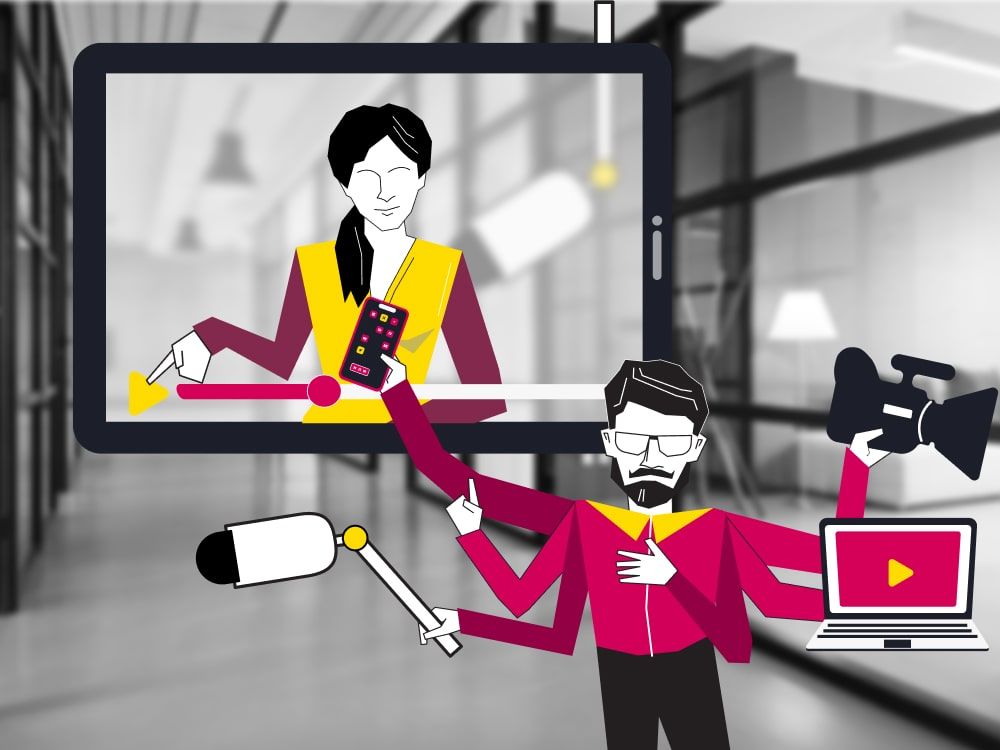
You’ve got a big idea. Maybe it’s a streaming app for your niche audience. Or a platform for UGC creators. Media platforms don’t just “stream.” They sync, compress, analyze, adapt, and monetize content — all while staying compliant and lightning-fast.
And here comes the tricky part. Do you build it all in-house — or do you find a team that’s done it before? If you are not sure about the type of team, take our quiz.
Some Interesting Streaming Media Stats
Before providing the answer, let's figure out the backbone of the media streaming industry. Global OTT revenue is expected to hit $416 billion by 2028. One of the biggest deals with a media streaming service was with Vimeo, which was sold for about 1.38 bln USD.
The analytics show that people consume over 19 hours of video content per week on average, and mobile is their go-to screen.
If you are building media products in 2025, here's what the data is that is important to know:
- 87% of users drop off if the video takes more than 2 seconds to load.
- 42% of app uninstalls happen after a bad streaming experience.
- 58% of all streaming happens on mobile.
- Multilingual content boosts retention by 40%.
So, your tech stack has to be lean, modular, and airtight. Otherwise, you’ll spend more time fixing than shipping.
What Parts of Streaming Media Software Development Should You Outsource?
Look, Streaming Media Software Development is hard. Really hard. You're juggling video compression, cross-platform compatibility, real-time streaming, and user experience — all while trying to ship on time and under budget.
Here's the thing: you don't have to build everything in-house. Some parts are better handled externally by people who've done this dance a thousand times before.
1. Video and Audio Encoding Pipelines
Transcoding, bitrate optimization, adaptive streaming —mistakes here cost seconds (and users). Your in-house team may spend 3-6 months learning the basics of H.264, H.265, AV1 codecs, and HLS protocols.
Outsourced teams? They’re already fluent. They do know how to:
- make settings work for sports (fast motion) versus movies (high detail)
- balance quality with bandwidth costs
- avoid crashes of mobile players
2. Playback Engines
Building a rock-solid video player means handling 200+ device quirks, browser inconsistencies, and DRM headaches.
Outsourced teams live in this chaos — they’ve already solved subtitle desync on Safari and why your app crashes on Samsung TVs. The remote team will fix all listed issues x2 faster than the in-house team.
3. Cross-Platform Media Streaming App Development
Want to launch all of them without hiring five teams? As your React developer can't just jump into tvOS development or Roku channel creation. The outsourced team usually has experts for each platform and knows the shortcuts:
- UI patterns Apple actually approves,
- to optimize for Android TV's limited processing power.
4. Content Management Systems (CMS)
Why outsource this?
- Skip building bulk uploads and automated transcoding triggers from zero
- Access pre-built foundations with features already working
- Leverage experience handling corrupted uploads and concurrent editing conflicts
- Skip building content scheduling, approval workflows, and multi-language metadata yourself.
5. AI-based Features
AI recommendation systems aren't just about algorithms — you need data pipelines, model training infrastructure, A/B testing frameworks, and cold-start problem solutions. Your team will spend months just collecting enough user data to train basic models.
Why outsource this?
- Skip building data pipelines, model training, and A/B testing frameworks yourself.
- Avoid spending months collecting enough user data to train basic models.
- Access pre-trained models and established data processing pipelines immediately.
- Deploy working recommendations in weeks, not quarters.
- Skip the cold-start problem and get sophisticated personalization from day one.
6. Testing on Devices
Device compatibility is a nightmare that gets worse every year. New iPhone models, Android fragmentation, smart TV updates, browser changes — something always breaks. Maintaining a test lab costs $50K+ annually just for hardware, plus you need QA engineers who understand video streaming issues. Specialists run automated tests across hundreds of device combinations daily. They catch platform-specific bugs your team would never encounter until launch day.
Why Smatrexe teams is the smart way:
- Helped a regional broadcaster launch iOS, Android, and web apps in under 3 months.
- Built scalable backend pipelines for a video-first e-learning platform.
optimized performance for a live audio app that grew 4x in 6 months. - Integrated AI recommendations that boosted user engagement by 40%
We’re not trying to replace your team. We’re your behind-the-scenes partner — the ones who make sure things don’t break at 2 a.m.
Is Outsourcing Media Streaming Software Development the Right Move?
Outsourcing sounds risky, especially when it comes to core product features. But here’s the playbook:
- Start small. Outsource one module (a player, analytics, CMS).
- Choose a team with media experience.
- Ask for metrics — buffer times, load speed, compression efficiency.
- Clarify governance (code ownership, hosting).
If it feels like you’re giving away control, you’ve picked the wrong partner. The right one gives you your time back.
Are you ready to take your media application to the next level with a reliable offshore or hybrid team? Let's talk.

